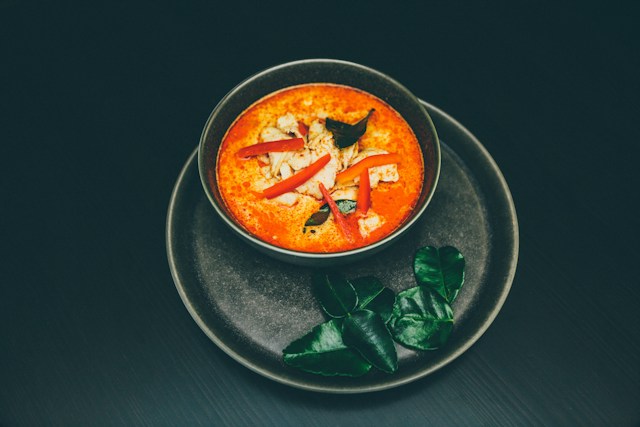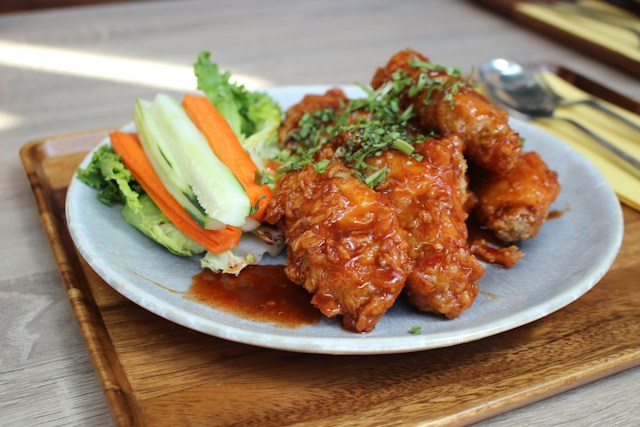Journeying into Thai Culinary Culture
Digging into the Past to inform the Future
Embarking on a culinary journey into the rich tapestry of Thai cuisine is akin to unravelling the intricate threads that weave together a vibrant and flavorful cultural heritage. Rooted in a history that spans centuries, Thai cuisine is a harmonious symphony of diverse influences, artfully blended to create a unique and tantalizing culinary experience.
Indigenous Roots
Thai cuisine traces its origins to the culinary practices of the Tai people, who migrated from southwestern China to present-day Thailand, imparting their agricultural wisdom that formed the basis for cultivating rice—the cornerstone of Thai gastronomy. Lemongrass, galangal, and kaffir lime leaves, infused not only for their flavours but also for their medicinal virtues, played a pivotal role.
Chinese Influence
A pivotal impact on Thai cuisine emerged from the historical settlement of Chinese immigrants in Thailand centuries ago. These immigrants brought with them an array of culinary techniques, ingredients, and cooking methods, profoundly shaping the evolution of Thai gastronomy. Notably, the introduction of noodles by the Chinese has become a ubiquitous element in the Thai culinary repertoire, available in many Bangtao restaurants, and even those found in accommodation properties like the SAii Laguna Phuket.
Indian Influence

The imprint of Indian influence on Thai cuisine can be traced back to the ancient trade routes that interconnected India with Southeast Asia. Through these routes, Indian traders introduced spices such as cumin, coriander, and turmeric, now essential components in Thai curries and various dishes.
European Influence
During the colonial era, Thailand witnessed the arrival of European traders and missionaries who introduced novel ingredients and culinary techniques to the region. Among the most impactful European contributions to Thai cuisine was the introduction of chili peppers. Originating from the Americas, these fiery peppers were brought to Southeast Asia by Portuguese traders in the 16th century, fundamentally altering Thai culinary dynamics and imparting its distinctive spiciness.
Related posts
Archives
Categories
- Appetizers (26)
- Arab (48)
- Bars (35)
- Burmese (6)
- Café (26)
- Casual Dining (38)
- Chinese (37)
- Coffee House (29)
- Desserts (38)
- Destination Dining (386)
- Diner (28)
- Family Restaurants (71)
- Fast Food (65)
- Fine Dining (524)
- Food Facts (224)
- Healthy Food (108)
- Hong Kong (10)
- Indonesian (15)
- Italian (2)
- Japanese (17)
- Main Dishes (63)
- Maldivian (73)
- Miscellaneous (8)
- Miscellaneous Topics (395)
- Palate (68)
- Recipes (95)
- Restaurants (206)
- Sea Food (99)
- Singaporean (34)
- Sri Lankan (62)
- Steaks & Grill (70)
- Street Food Stalls (152)
- Thai (94)
- Types of Cuisines (120)
- Vegan (63)
- Vegetarian (10)
- Vegeterian (39)
- Vietnamese (22)
- Western (11)

